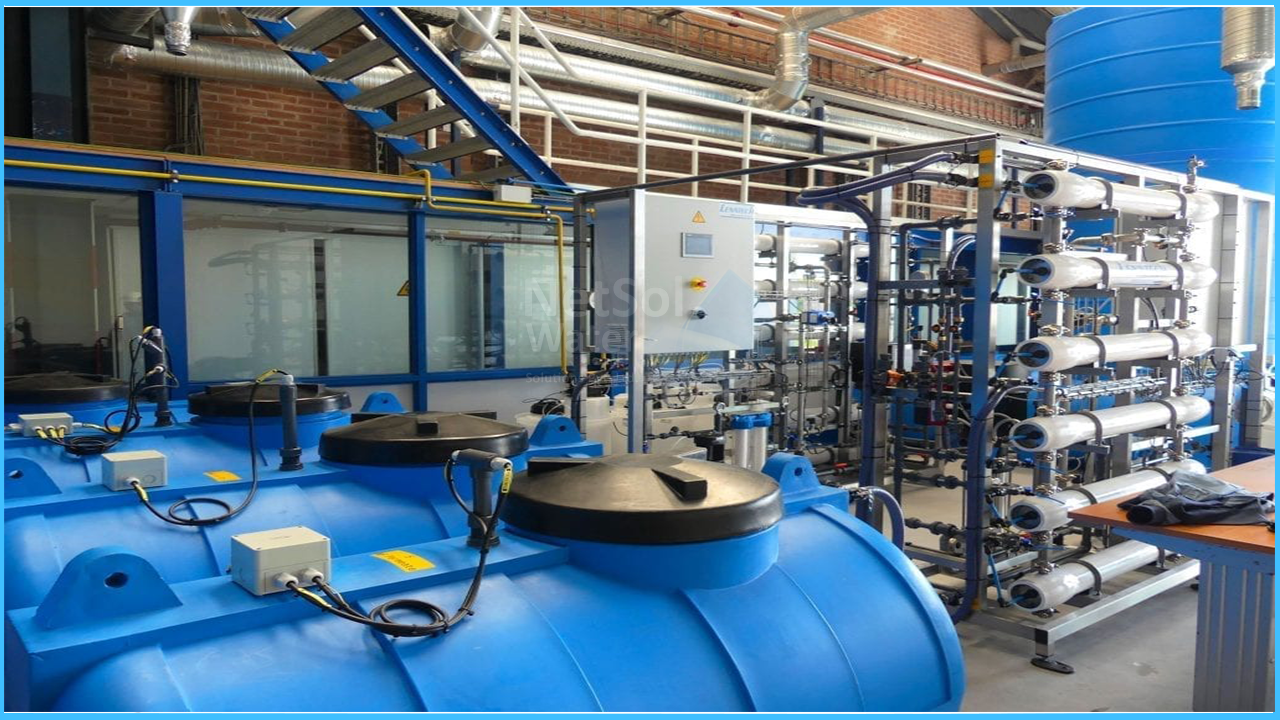Benefits of reverse osmosis plants in textile industry?
The RO is widely used in drinking water, sewage, and industrial applications. Secondary treatment wastewater for producing water for indirect drinking water. The use of RO membranes in wastewater treatment has also increased in recent years. However, a major obstacle to using RO membrane technology for seawater desalination and wastewater recovery is membrane fouling.Secondary wastewater from sewage treatment plants contains dissolved organic matter, commonly known as wastewater organic matter.
The membrane-based separation Techniques such as ultrafiltration (UF) and reverse osmosis (RO) have been used to treat a variety of industrial wastewater. It has been examined most wastewater from different industrial resources and drains it directly into soil or groundwater. However, due to strict environmental regulations, the Central Environmental Pollution Control Authority (CPCB) has become more vigilant and imposes very strict measures to recover pure water from such industrial sewage.
When treating wastewater by traditional methods such as aerobic and non-aerobic digestion, the ratio of biochemical oxygen demand (BOD) to COD must be>0.6. In short, reverse osmosis plant (RO Plant), nanofiltration (NO), ultrafiltration (UF) and microfiltration (MF) are attracting worldwide attention for their effectiveness in water treatment. The RO was recognized as an alternative option among other traditional treatment methods in the early 1960s when the was first used for desalination of seawater. As a result of continued research and development of in this field, in early of 1995, a new generation RO membrane was developed that allows to operate under ultra-low pressure. By keeping the organic and inorganic species the same, this new generation of RO and NF produces,which is twice the amount of conventional RO and NF, at low operating pressure without compromising the quality of the produced water
Post You May Like: What is nanofiltration technology in RO water treatment?
The study of on how various variables change in the process along the membrane played an important role in the optimization process, which is the subject of most studies in both the numerical value and the experiment. Previous studies have reported a constant decrease in permeate flow and an increase in permeate and concentrate concentrations of at right angles to the SWM longitudinal direction. 90% or higher for most types of ionic compounds produces high permeate quality. Reverse osmosis penetrates the removal of all mineral salts, hydrolysed reactive dyes, and chemical additives. The problem with this is, where the higher the salt concentration, the more important the osmolality is.
The study of M. Ramesh Kumar et. Al. of “Textile wastewater treatment using Reverse Osmosis and SDI “ shows that the concept of purified sewage recycling and sewage treatment has been found to be technically feasible and economically feasible at textile dye factories in eroded areas. The most attractive part of the water obtained from these membranes is their very low hardness. This is always needed in the textile sector for improved finish and improved dyeing quality.
Reverse osmosis membrane technology is of utmost importance
There are several advantages below.
1: Separation does not require the addition of chemicals by coagulation process as in water treatment
2: Reduction of manufacturing costs
3: High water permeability
4: High membrane efficiency by selective mineral removal



